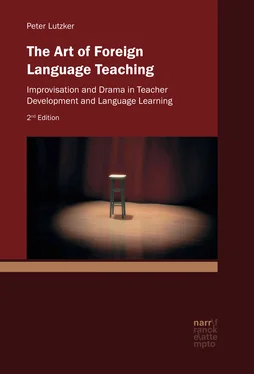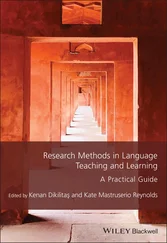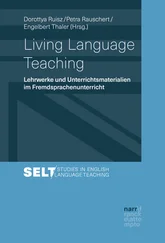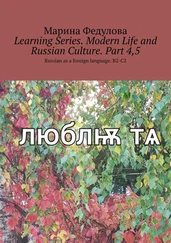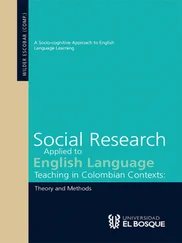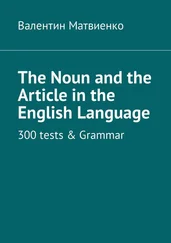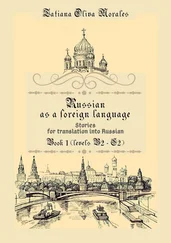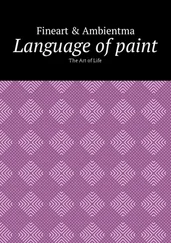Just out of curiosity, I checked every issue of HLT Mag since it’s foundation in 1999. There are certain recurrent themes. Among the most frequent are:
Teacher Development. In the very first issue, Paul Davis’ major article ‘What is Teacher development’ (Davis, 1999) in a way set the scene. Effectively, all successive issues have been focusing, in one way or another on possible answers to that initial question.
Aesthetic approaches to teaching and learning: stories and story-telling, wisdom stories, creative writing, art, music, drama, clowning, literature. There is abundant material on all these aspects of enriching learning through the arts.3
In 2014, Maley together with Chaz Pugliese co-founded “The C Group: Creativity for Change in Education” which has in its various publications and contributions at international conferences consistently made the case for humanistic and creative approaches to foreign language teaching.4
In addition to Maley, there are a number of other leading figures in the U.K. who have continued to pursue and further develop the concept of teaching as an art. They include Adrian Underhill, many of whose contributions are directly connected to a central focus of my own work – the role of improvisation in teaching.5 Mike Fleming has continued to work both nationally and internationally in further developing performative approaches to teaching foreign languages.6 Fleming, a regular contributor to Scenario, is also one of the editors of the highly informative Routledge International Handbook of the Arts and Education.7. Mark Almond has long been nationally and internationally active in incorporating drama and performative approaches into foreign language teaching.8
Michaela Sambanis has connected relevant findings in the neurological sciences with the incorporation of peformative approaches in foreign language teacher education and foreign language learning in numerous publications as well as in the practice of teacher education at the Freie Universität in Berlin.9
Martyn Rawson has extensively addressed the themes of teacher education and language learning from the perspective of Waldorf Education in a series of recent publications which also include a study together with Catherine Bryden on the effects of theatre clowning courses in pre-service language teacher education.10
Erika Piazzoli has published a major work, Embodying Language in Action: The Artistry of Process Drama in Second Language Education , focusing on the manifold possibilities of working with process drama in foreign language learning and the crucial role of embodiment in this context.11 She has also written about her innovative work with students with learning disabilities; a highly welcome development in this field.12
In drama education, John O’Toole, along with his collaborators and students, remains a central figure not only in Australia but internationally.13. His work has continued to be relevant and inspiring for foreign language teachers, as evidenced by an online conference with him in April 2021, organized by Scenario and attended by language teachers throughout the world. Among the many developments which have grown out of his work is the International Drama/Theater and Education Association (IDEA).14
In teacher education, there have also been significant new contributions to the concept of educating teachers to become artists in their respective fields. Keith Sawyer, whose work I already referred to in the first edition, has remained a highly active and innovative figure, particularly in exploring the relations between creativity, improvisation and teaching.15 Donald S. Blumenfeld-Jones has sought to bridge the gaps between creativity, aesthetics and ethics, and has made an eloquent case for the central role of aesthetics in teacher education.16 In a chapter called “Aesthetics in Academics and Classrooms” he directly addresses those themes which are central to my approach to teaching as an art:
At the outset, let us consider this simple point: our task is to help our learners discover their aesthetic knowing and their sensory perception capacities as a valuable dimension of their thinking/knowing and thus, enhance their lives on many fronts. What we can do for our teacher preparation students, they can do for the students they will teach. In this way, aesthetic consciousness as a valued mode of knowing and being will become more commonplace within our society and culture.17
He concludes his chapter with the following remarks:
As you will have noticed, in this chapter the emphasis is on seeing/feeling/perceiving as an artist sees/feels/perceives. We emphasize the act of art-making as the location from within which aesthetic consciousness develops. We do this without requiring or expecting that our learners will become professional artists. We only require and expect that they will immerse themselves in the act of art-making as a species of aesthetic knowing . This point cannot be too strongly stressed.18 (italics in original)
In choosing to highlight the work of these prominent journals and educators, I have unfortunately had to leave out many authors whose relevant and recent contributions to those fields deserve to be considered as well. What follows is an undoubtedly incomplete selection of further relevant books, chapters and articles which have been published since 2015. The titles themselves give a clear indication of how this field has both deepened and expanded in recent years. Articles and individual chapters are given with quotation marks, book titles are in italics. The complete references are given in the bibliography.
Belleza, Annemaria (2020): “Developing Performative Competence and Teacher Artistry: A Pedagogical Imperative in the Multicultural Classroom.”
Bernstein, Nils & Lerchner, Charlotte (eds.) (2014): Ästhetisches Lernen im DaF-/DaZ-Unterricht. Literatur – Theater – Bildende Kunst – Musik – Film .
Conte, David & Thiem, Annegret (eds.) (2021): Literatur performativ: Spanische Lyrik der Gegenwart – Literatura performativa: poesía española actual .
Crutchfield, John (2016): “Brief Encounters: Reflections on the Performative Integration of Creative Writing in the Foreign Language Classroom.”
Elis, Franziska (2015): “Mit dramapädagogischen Methoden sprachliche und kommunikative Kompetenzen fördern”
Fanselow, John (2020): Small Changes in Teaching, Big Results in Learning .
Fleiner, Micha (2016): “Museum Education and Performative Teaching and Learning: Words, Bodies, Images.”
Haack, Adrian (2018): Dramapädagogik, Selbstkompetenz und Professionalisierung. Performative Identitätsarbeit im Lehramtsstudium Englisch .
Hallet, Wolfgang & Carola Surkamp (eds.) (2015): Dramendidaktik und Dramapädagogik im Fremdsprachenunterricht.
Hensel, Alexandra (2020): Fremdsprachenunterricht als Ereignis. Zur Fundierung einer performativ-ästhetischen Praxis .
Hillyard, Susan (2016): English through Drama .
Jaffke, Christoph (2021): The First Four Years of English: A Hands-On Approach to the Waldorf Way .
Maley, Alan (ed.) (2019): Developin g Expertise through Experience .
Maley, Alan & Tomas Kiss (2018): Creativity and English Language Teaching: From Inspiration to Implementation .
Mages, Wendy K. (2020): “Educational Drama and Theatre Pedagogy: An Integral Part of Training English-as-a-Foreign-Language Teachers.”
Mentz, Oliver & Micha Fleiner, (eds.) (2018): The Arts in Language Teaching : International Perspectives: Performative – Aesthetic – Transversal .
Passon, Jenny (2015): “Auf dem Weg zur performativen Fremdsprachenkompetenz. Eine Darstellung theater-und dramapädagogischer Ansätze.”
Читать дальше
